
The Revelation of Color Analysis
I had my first color consultation just 3 years ago, and it was nothing short of revelatory. Maybe that is because men do generally care less about such things and tend to keep their habits from younger ages what seems to be forever. After decades of grabbing whatever caught my eye - usually black, because "it goes with everything" and "it's slimming" (hello, fashion myths we need to retire!) - I discovered that certain colors literally made me look healthier, more vibrant, and yes, even younger.
"You're a Deep Autumn," my color consultant declared after draping various fabrics around my shoulders and studying how they interacted with my skin tone, hair color, and eyes. "Warm, rich earthy tones are your friends." She then proceeded to show me before-and-after photos that left me speechless. The difference between me wearing a cool pastel blue versus a warm terracotta was striking - one made me look tired and washed out, the other made me look like I'd just returned from vacation.
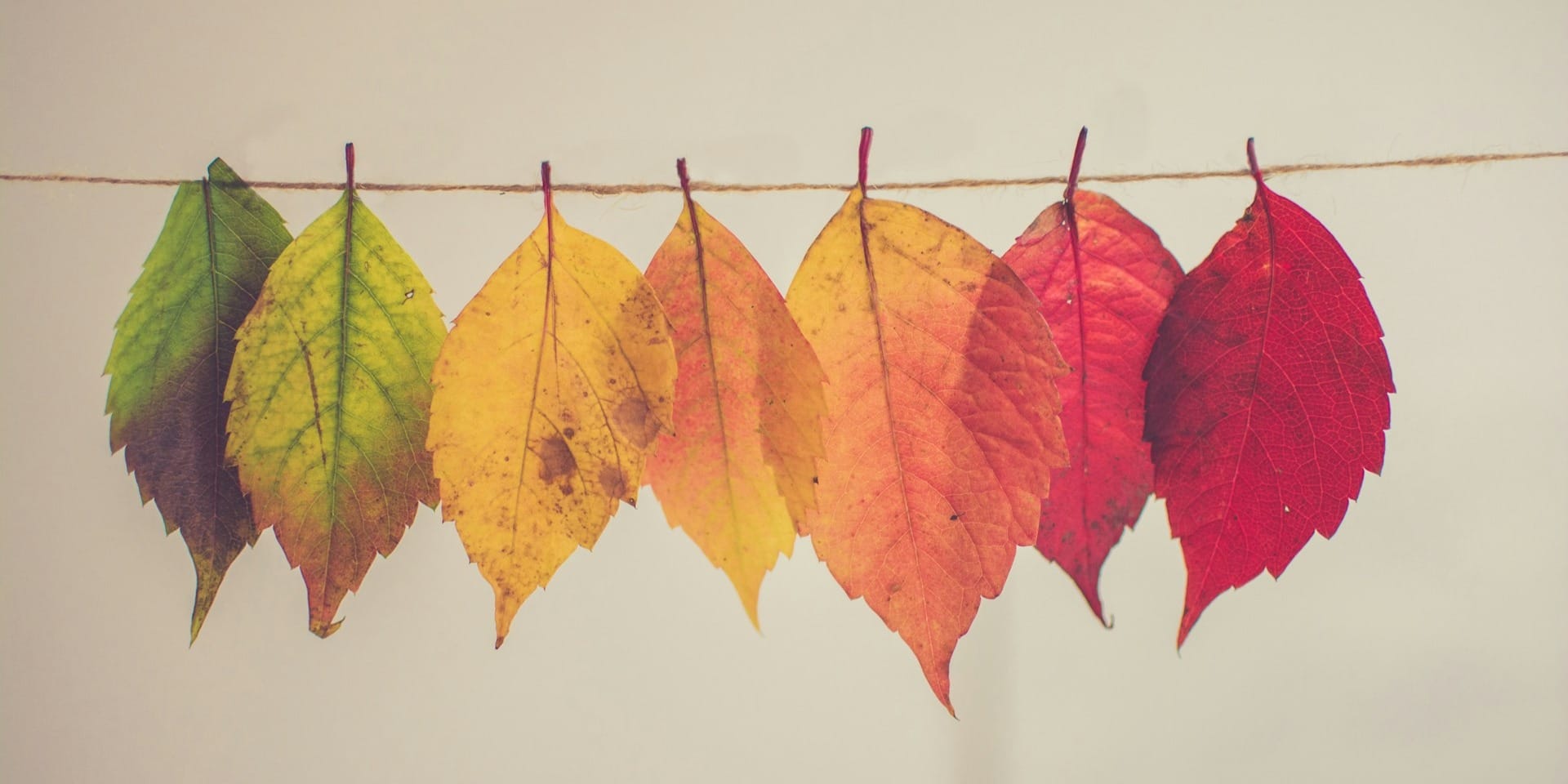
Why Colors Matter More in Our 40s
Here's the thing about entering your fifth decade: subtle changes are happening to your complexion, hair, and overall coloring. Many notice their hair beginning to silver (gloriously so, might I add), skin undertones shifting slightly, and even eye color appearing less vibrant. These natural evolutions mean that the colors that flattered you in your 30s might need some reconsideration.
Additionally, our 40s often coincide with the time when many of us are stepping into our power professionally and personally. We're frequently in positions where making a strong impression matters - whether you're leading boardroom meetings, re-entering the dating scene after a divorce, or simply wanting to feel your most confident self at your child's school events.
Wearing your "power colors" isn't vanity - it's strategy. It's about harmony between your natural coloring and what you wear, creating an impression of health, vitality, and authenticity.
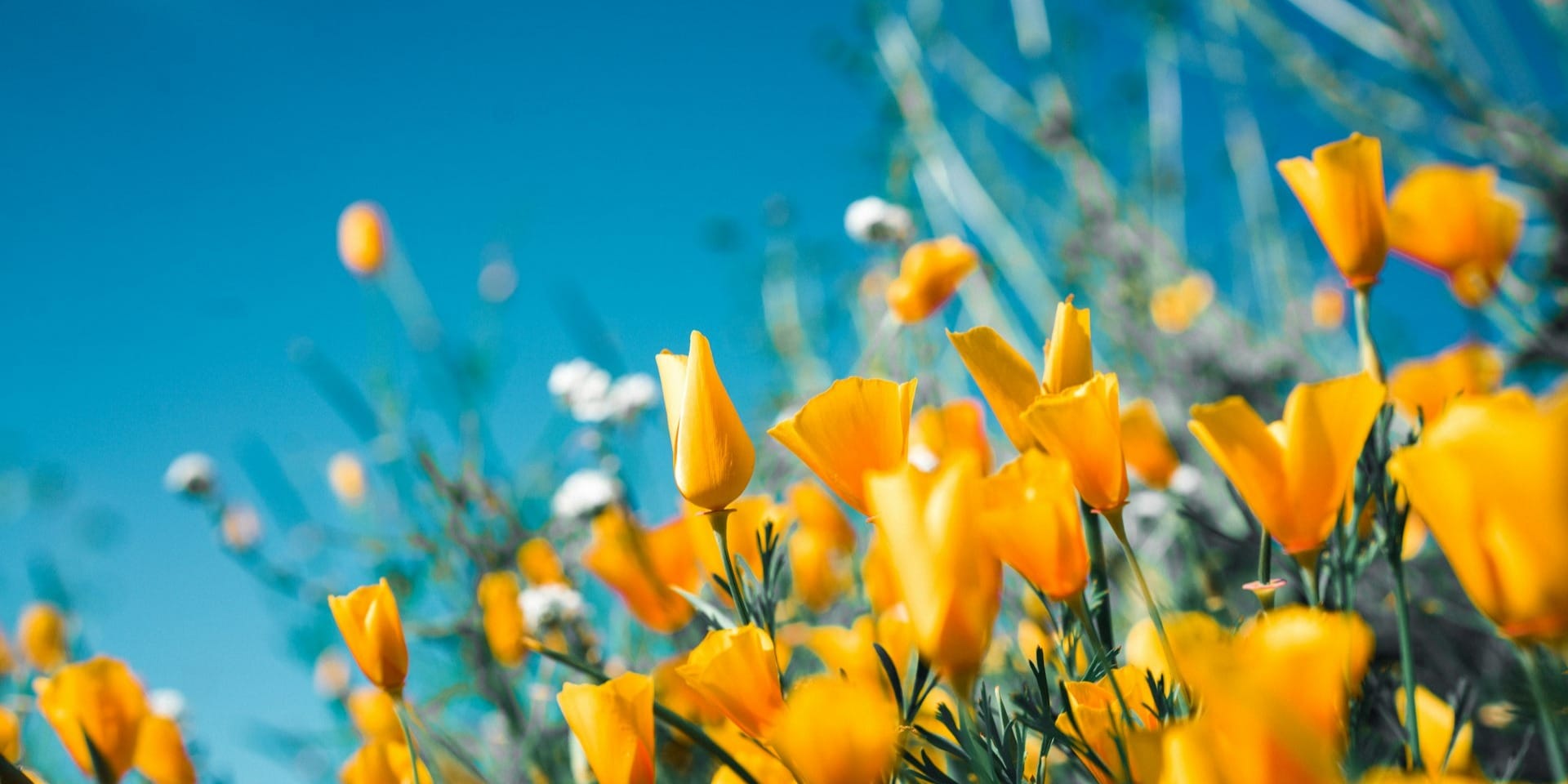
Understanding Color Seasons
While there are various color analysis systems out there, the most common divides people into four main "seasons" with subcategories:
Spring types have warm, clear coloring and look best in bright, warm colors like coral, peach, and warm greens.
Summer types have cool, soft coloring and shine in muted cool tones like lavender, powder blue, and dusty rose.
Autumn types have warm, muted coloring and look radiant in earthy, rich tones like olive green, terracotta, and warm browns.
Winter types have cool, clear coloring and pop in bold, cool colors like true red, royal blue, and emerald green.
Within each season are variations - Light Spring, Bright Winter, Deep Autumn, etc. - that further refine your perfect palette.
The magic happens when you discover your season and suddenly realize why certain items in your closet have always garnered compliments, while others, despite being trendy or expensive, somehow never felt quite right.
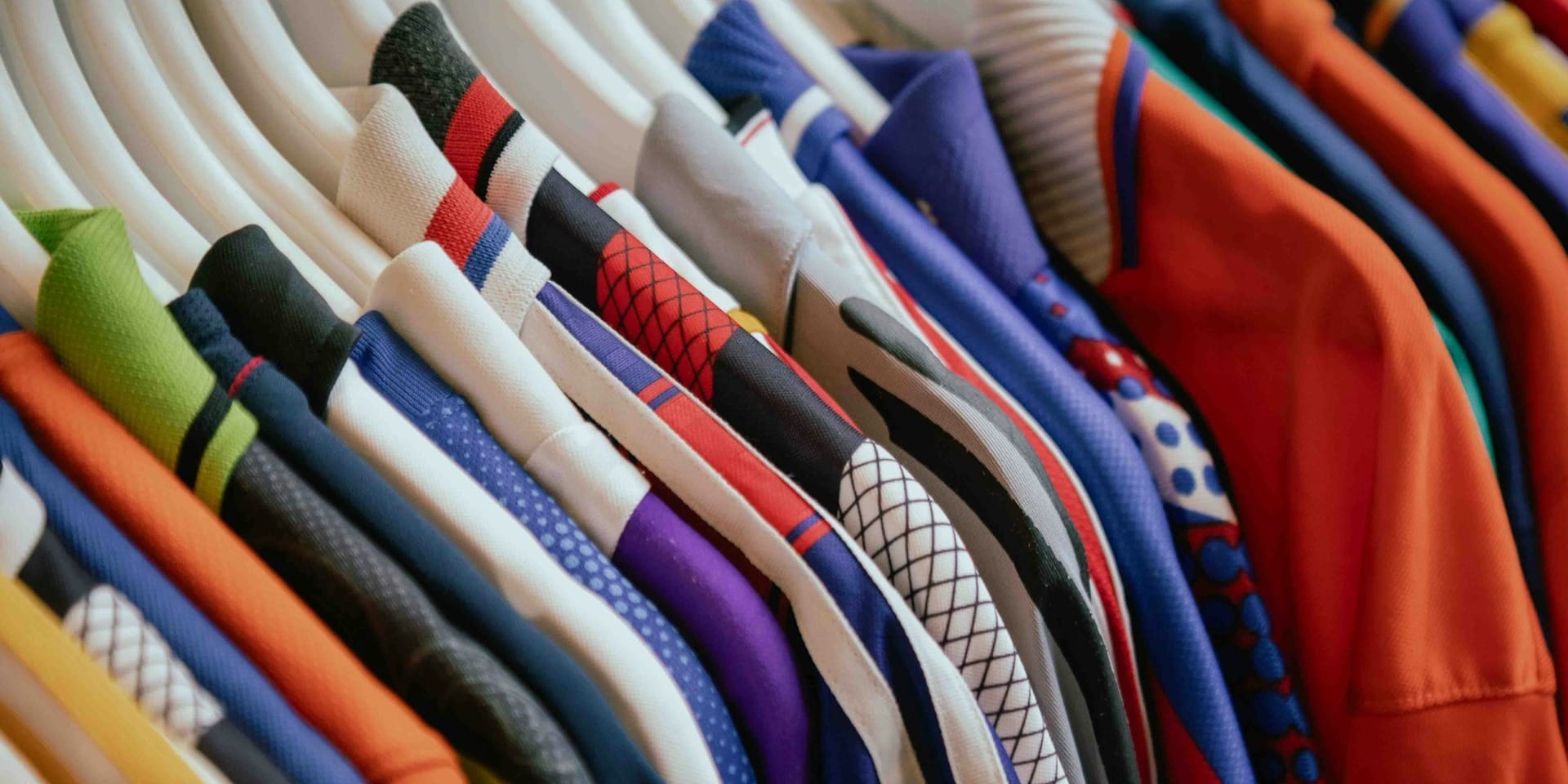
Signs You're Wearing the Wrong Colors
How do you know if your current wardrobe isn't serving you? Look for these telltale signs when you glance in the mirror:
- Do people frequently ask if you're feeling tired when you're not? Wearing the wrong colors can cast shadows on your face, emphasizing under-eye circles and fine lines.
- Does your complexion look uneven or do blemishes and redness seem more pronounced? The wrong colors can highlight skin imperfections.
- Do you disappear in your clothes, rather than looking like you're wearing them with purpose? This often happens when the color overwhelms your natural coloring.
- Does a particular garment require heavy makeup to "make it work"? The right colors should enhance your natural beauty, not demand compensation.
Finding Your Colors Without a Professional Consultation
While I highly recommend treating yourself to a professional color analysis if possible (it's an investment that pays dividends every time you shop), there are ways to start discovering your best colors at home:
Gather your most-complimented outfits and look for patterns in color and intensity. What are people responding positively to?
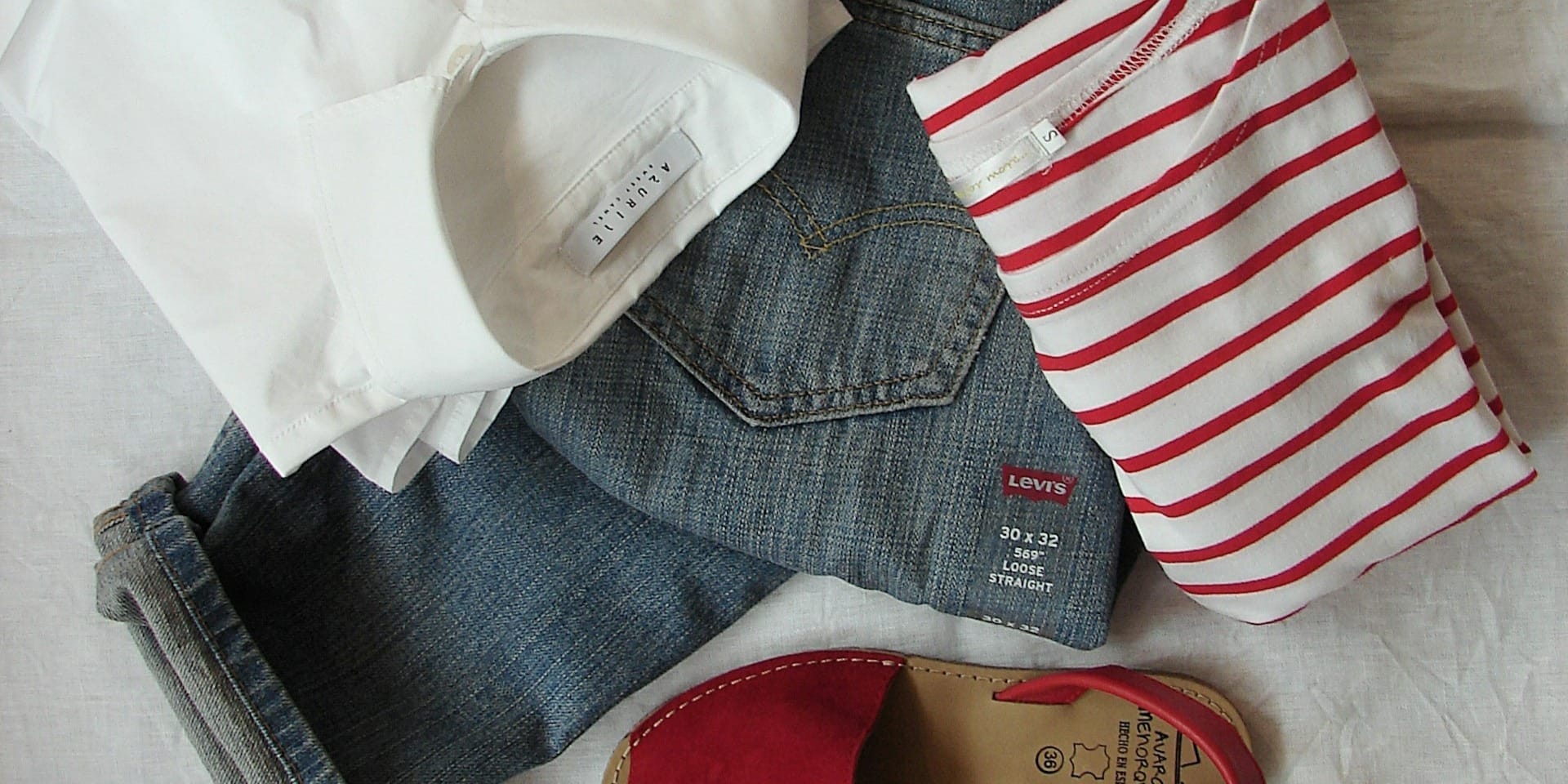
Take photos of yourself (in natural light, without makeup) wearing different colors close to your face. The right colors will make your eyes appear brighter, your skin clearer, and will generally create harmony rather than contrast with your natural coloring.
Notice how you feel in different colors. Often our intuition knows when something is working, even if we can't articulate why.
Pay attention to metal jewelry preferences - if gold looks better on you than silver, you likely have warm undertones. If silver is more flattering, you probably have cool undertones.
Beyond Clothing: Color in Every Aspect of Life
Once you discover your palette, you might find yourself applying this knowledge beyond your closet. I've seen women transform their homes with paint colors that make them look their best while relaxing in their living rooms. Others adjust their makeup collections, focusing on lipsticks and eyeshadows within their season.
Some even find that understanding their color harmony influences their hair color choices - whether embracing their natural gray in a way that complements their season or choosing enhancement shades that work with rather than against their natural coloring.
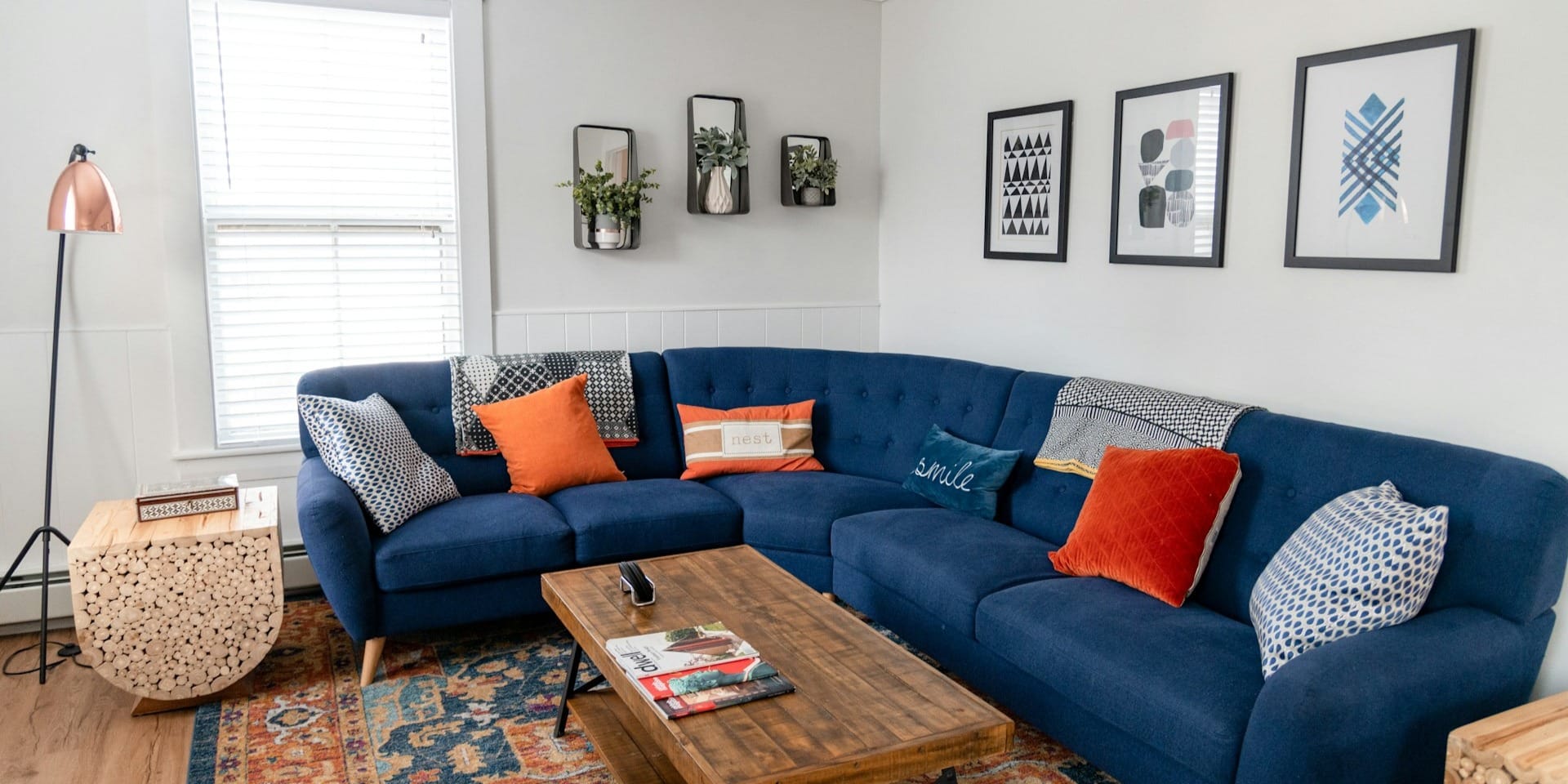
The Confidence Factor
The most beautiful aspect of finding your colors in your 40s isn't just the external transformation - though that part is undeniably satisfying. It's the internal shift that happens when you look in the mirror and instantly recognize yourself, when you stop fighting against your natural attributes and start enhancing them instead.
There's profound confidence that comes from this alignment, a sense of authenticity that permeates beyond appearance. When you're not distracted by something feeling "off" about how you look, you're free to focus on what truly matters - the conversations, the connections, the experiences that make life rich and meaningful.
Embracing Exceptions to the Rules
One last thought as you embark on your color journey: while color analysis provides incredible guidelines, remember that you're not bound by rigid rules. That particular shade of "forbidden" blue that brings back memories of your honeymoon? Keep it. The technically "wrong" green sweater your child picked out for your birthday? Treasure it.
Your 40s are about knowing the rules well enough to decide when to break them, with intention and confidence. Color analysis isn't about limitation - it's about illumination, about discovering which tones make you shine your brightest at a time in life when you've earned every ray of that light.
After all, the most beautiful color in any room is the glow of a woman who knows exactly who she is and is no longer afraid to show it to the world.
What colors have you discovered make you shine? I'd love to hear about your color journey in the comments below!


